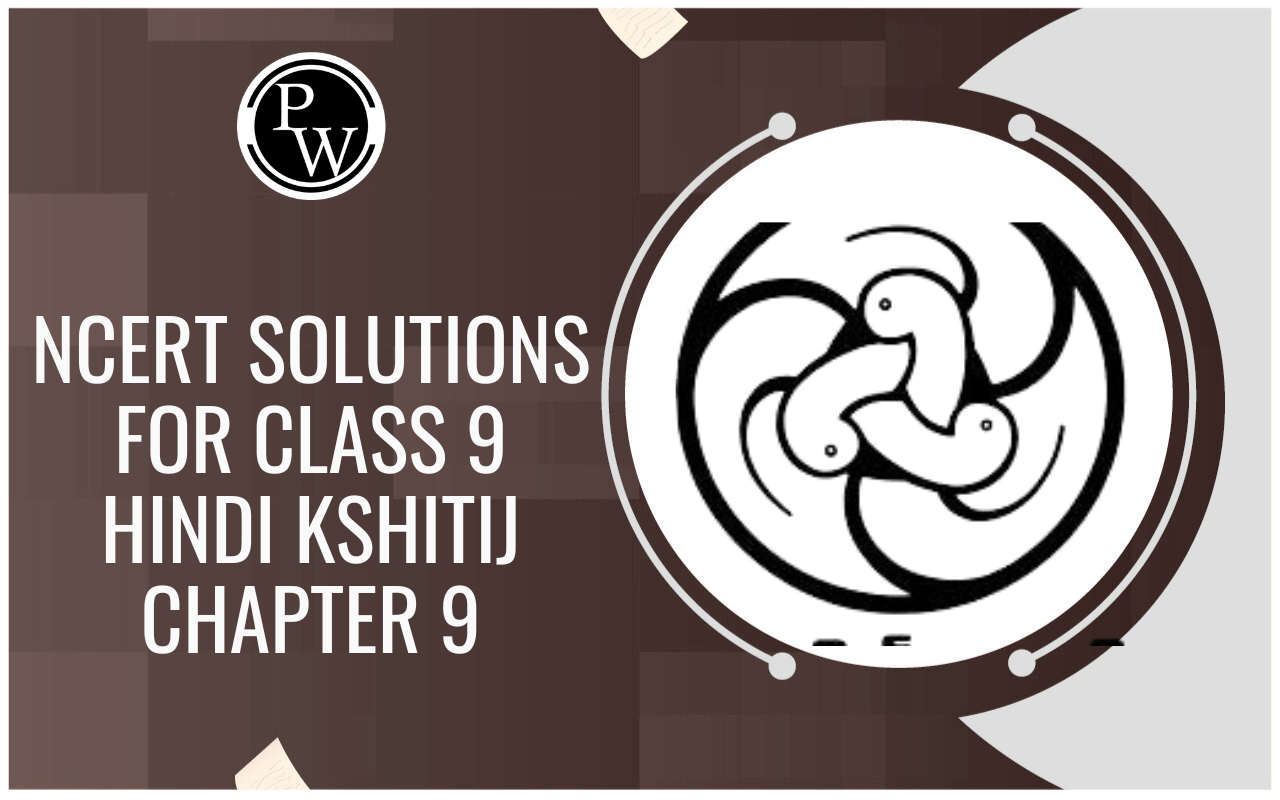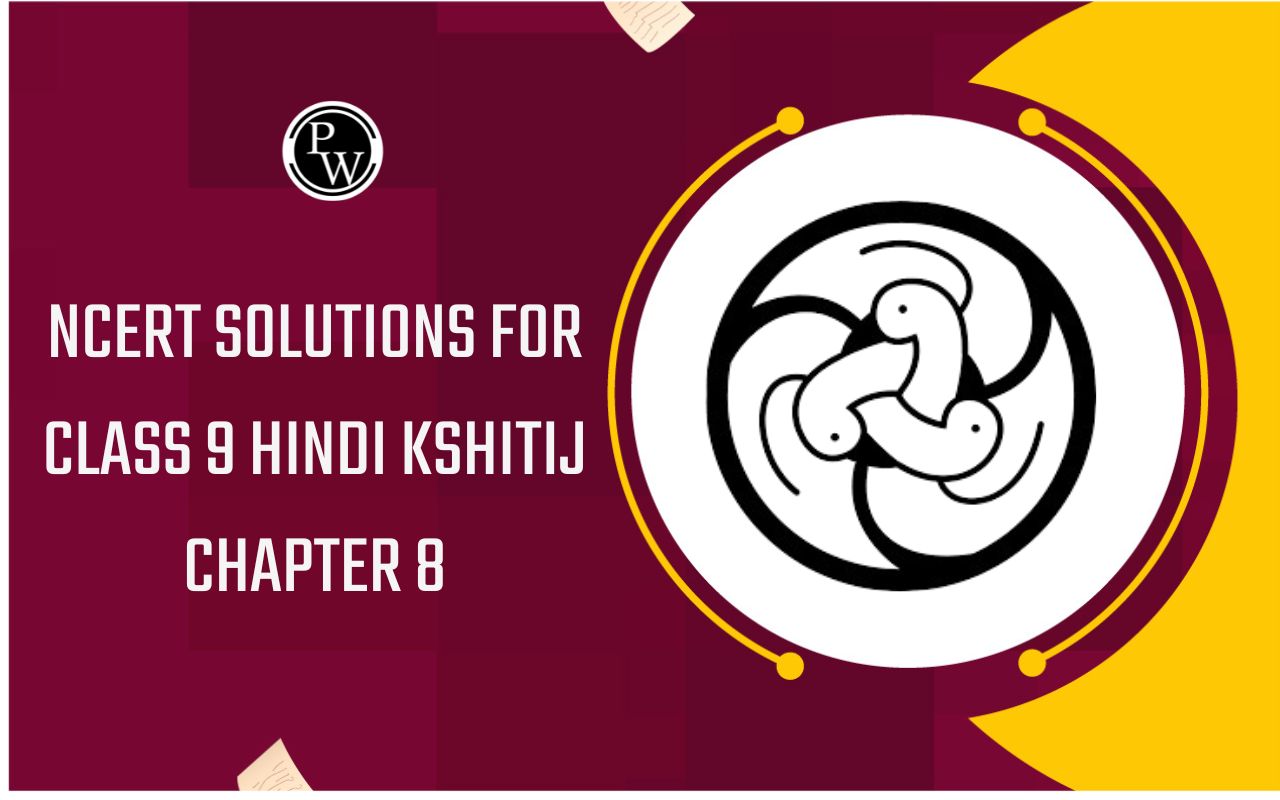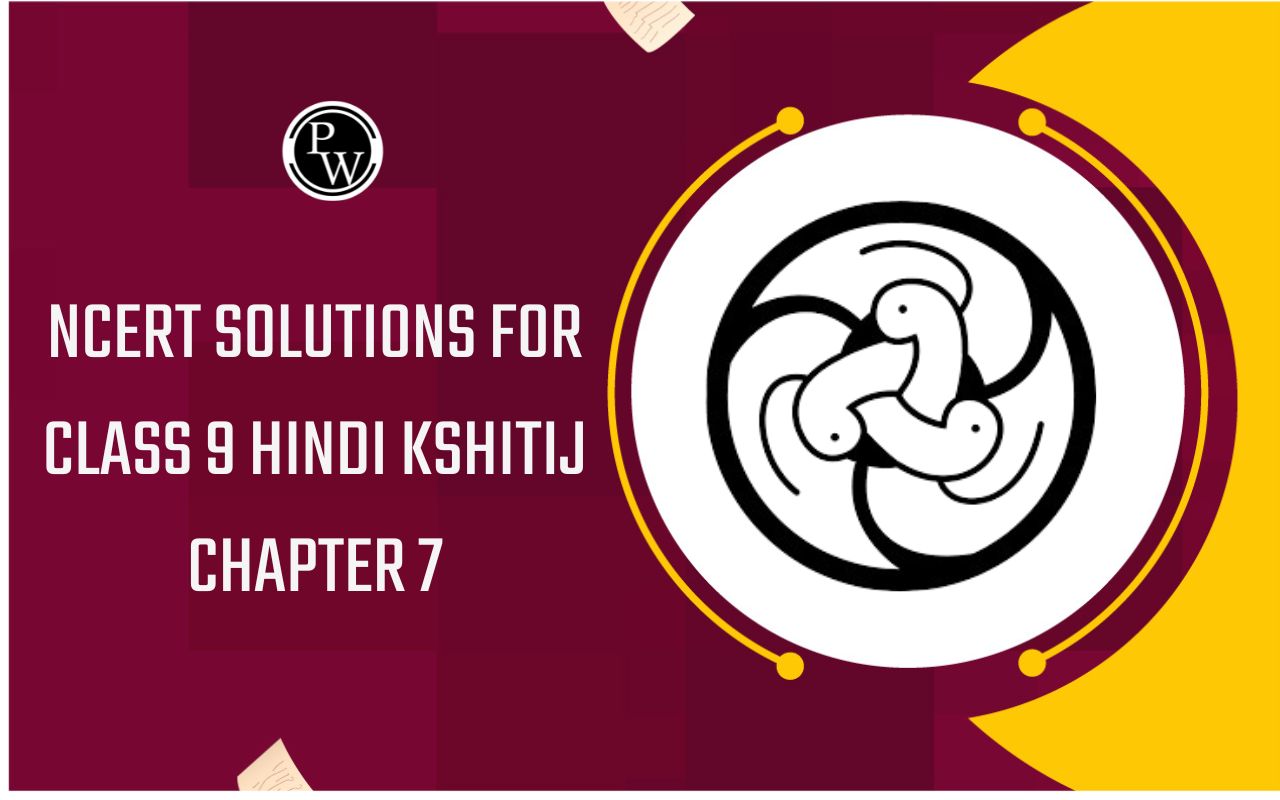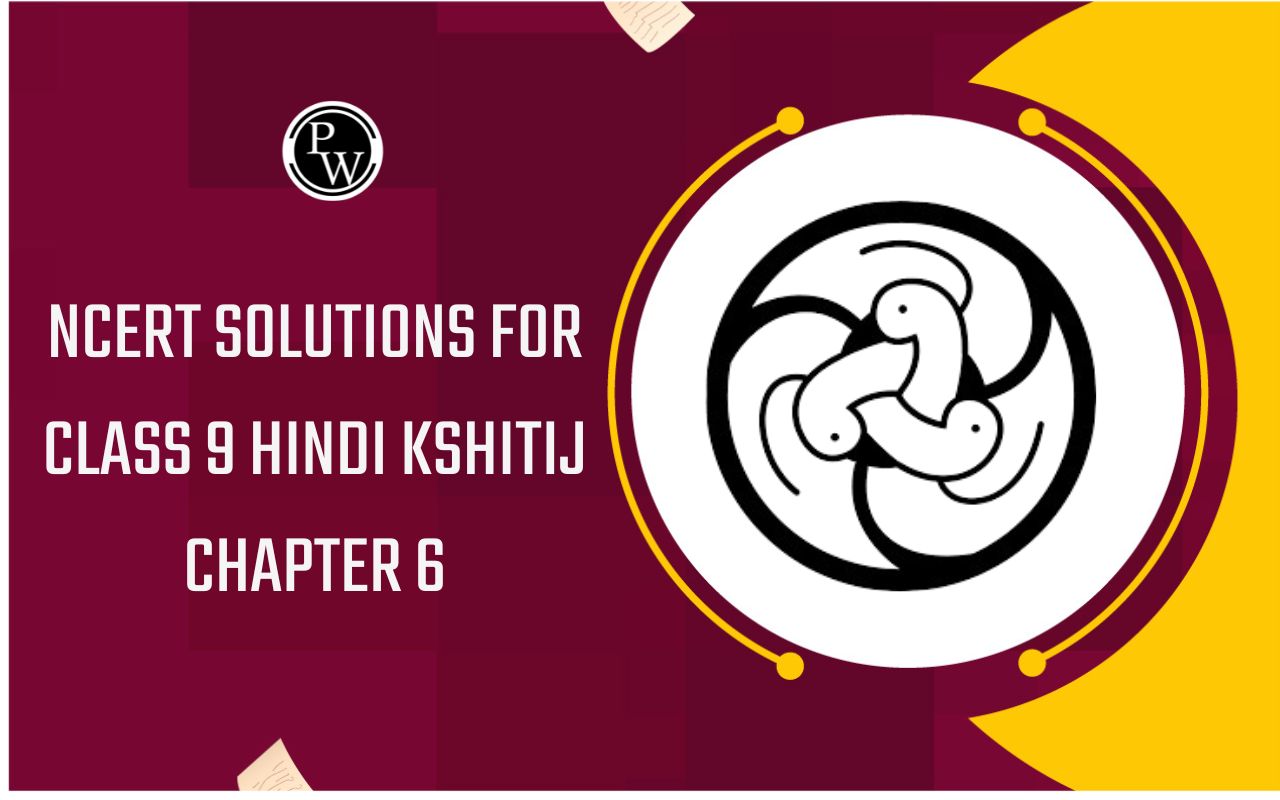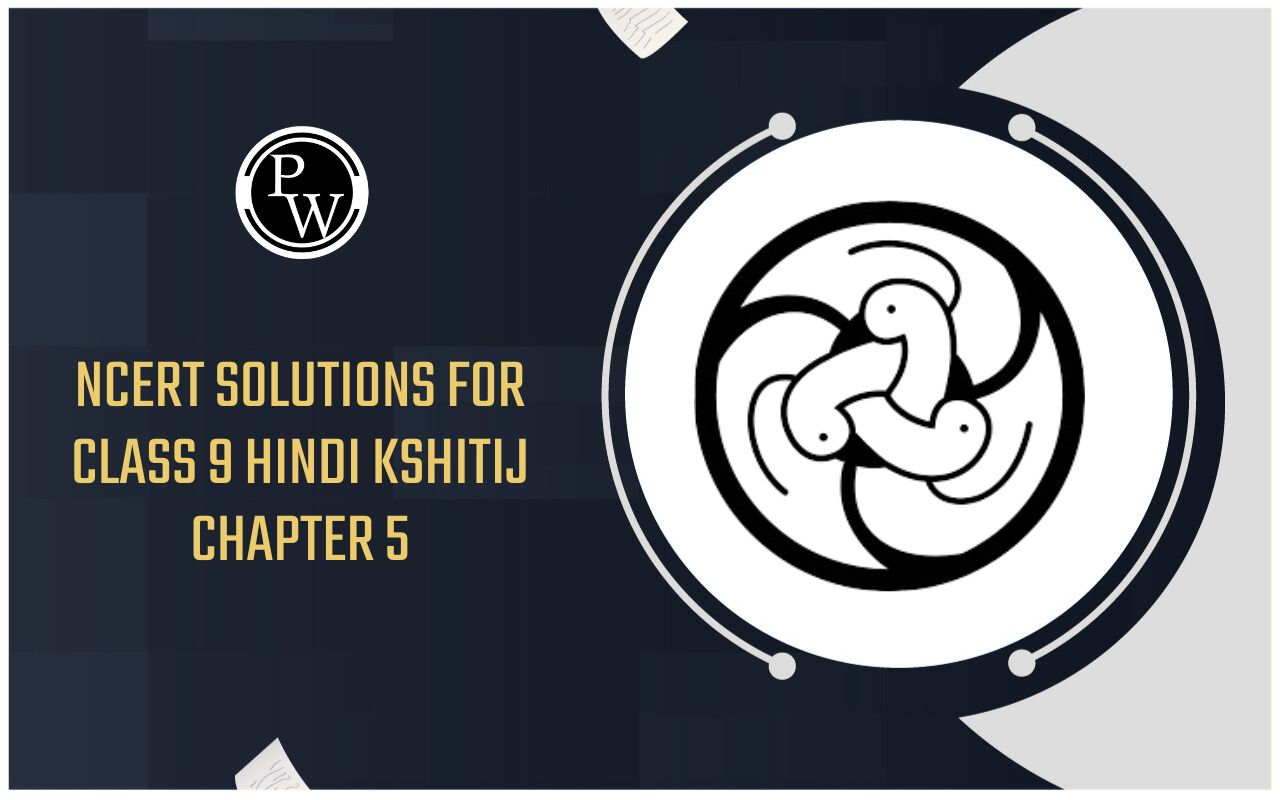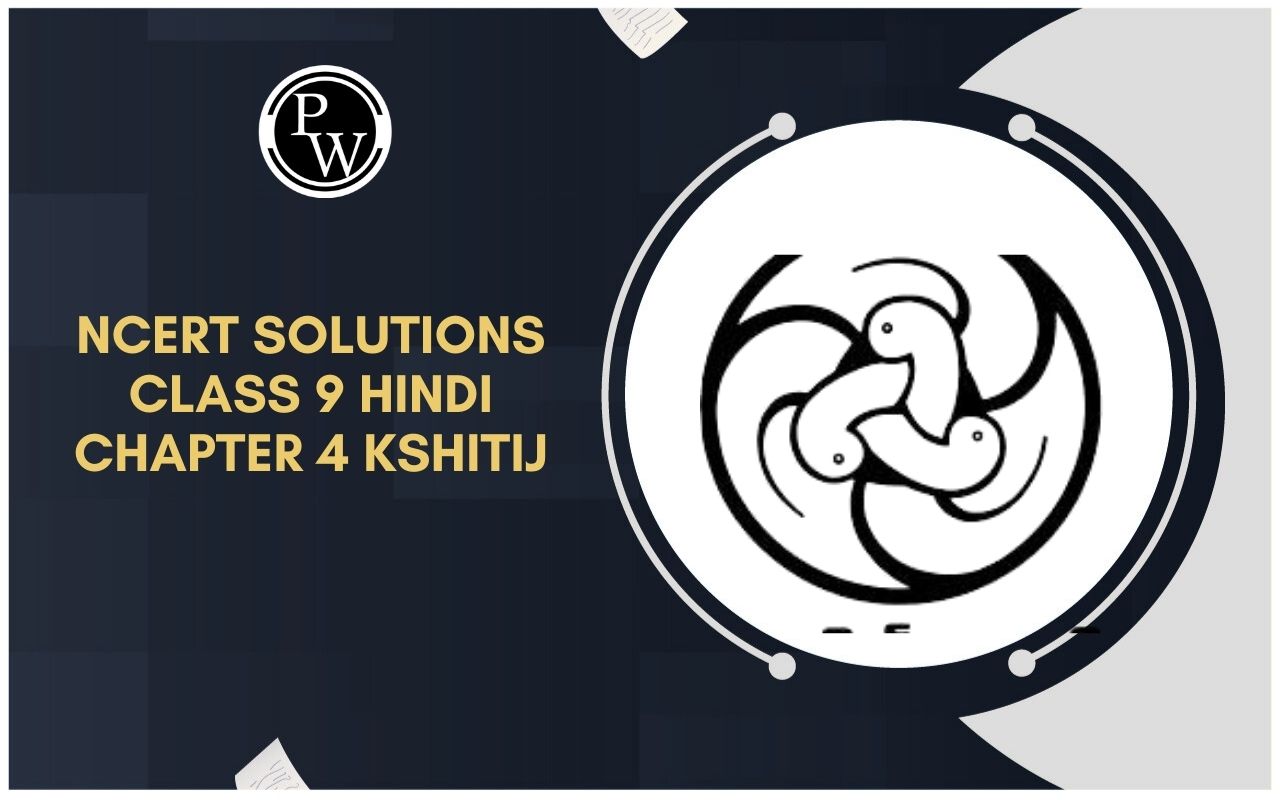
Fertilisation In Plants
How Do Organism Reproduce of Class 10
Fertilization: The fusion of male gamete with the female gamete to form a diploid zygote within the embryo sac is called fertilization.
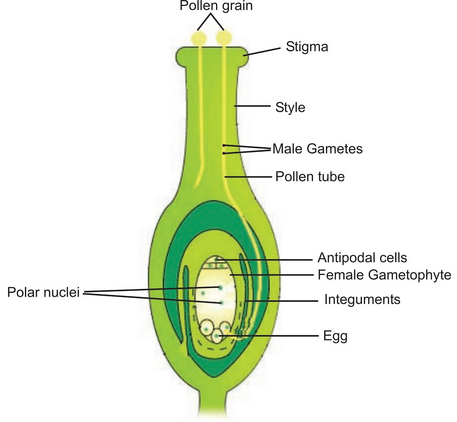
Double Fertilization
Mechanism of fertilization
(i) Due to pollination the related pollen grains are deposited over the receptive stigma of the carpel.
(ii) These pollen grains absorb water, swell and then germinate to produce pollen tubes.
(iii) The pollen tube grows into the stigma, passes through the style and then moves towards the ovarian cavity.
(iv) Two male gametes are formed inside the tube during its growth through the style.
(v) After reaching the ovary, the pollen tube enters the ovule with its tip piercing the egg apparatus.
(vi) The tip of the pollen tube ruptures releasing two male gametes into the embryo sac.
(vii) One male gamete fertilizes the egg to form the diploid zygote by the process of syngamy.
(viii) The other male gamete fuses with the two polar nuclei to form the triploid (3n), primary endosperm. This is known as triple fusion. The mechanism involving two acts of fertilization in an embryo sac is called double fertilization.
|
|
Double fertilization was first studied in plants by Nawaschin in 1898. |
Formation of fruits and seeds
(i) The fertilized egg divides several times to form an embryo within the ovule.
(ii) The ovule then develops a tough coat around it which gradually gets converted into a seed.
(iii) All the fertilized eggs in the ovules present in an ovary grow to become seed.
(iv) The ovary of the flower develops and becomes a fruit, which may be soft like mangoes; juicy like oranges; hard, dry and woody like peanuts and almonds.
(v) The petals, sepals, stamens, style and stigma may shrivel and fall off.
(vi) The fruit protects the seed. The seed is the reproductive unit of a plant. It contains the baby plant.
(vii) The part of the baby plant that develops into shoot is called plumule and the part which develops into root is called radicle.
.png----FileNotFound----)
Germination
(viii) The part of the seed which contains stored food for the baby plant is called cotyledon.
(ix) The baby plant inside the seed develops into a seedling under suitable conditions like water, air, temperature, etc. This is called germination.
DIFFERENCES BETWEEN SELF POLLINATION AND CROSS POLINATION:
|
S.No. |
Self Pollination |
Cross Pollination |
|
1. |
Pollen grains are transferred from the anther to the stigma of the same flower (autogamy) or another flower borne on the same plant (geitonogamy). |
Pollen grains are transferred from the anther of one flower to the stigma of another flower borne on a different plant of the same species (allogamy). |
|
2. |
Both the anther and stigma mature at the same time. |
The anther and stigma of a flower generally mature at different times |
|
3. |
It can occur even when the flowers are closed. |
It occurs only where the flowers are open. |
|
4. |
External agent is not required for self-pollination. |
An external agent abiotic or biotic, is essential for cross-pollination |
|
5. |
It is economical for the plant. |
Cross-pollination is not economical as the nectar, scent and bright-coloured corollas, etc. |
|
6. |
Self-pollination ultimately results in progenies which are pure lines i.e. homozygous. |
Cross pollination produces the offsprings which are hybrids I.e., heterozygous. They show variations in characteristics. |
|
7. |
It cannot eliminate useless or harmful characters. |
It can eliminate useless or harmful characters. |
|
8. |
Highly useful characters get preserved in the race |
Useful characters cannot be preserved in the progenies. |
|
9. |
Self-pollination does not introduce any variations and hence the offsprings are unable to adapt to the changed environment. |
Cross−Pollination Introduce variations in the offsprings These variations make these plants to adapt better to the changed environment 'or the struggle for existence. |
|
10. |
Immunity of the race towards disease falls in the succeeding progenies. |
Immunity of the race towards disease is usually maintained in the succeeding progenies. |
|
11. |
Yield of the plant gradually falls with time. |
Yield of plant usually does not fall |
|
12. |
Self-pollination never helps in the production of new varieties and species. |
Cross-pollination is a mechanism of producing new varieties and species among plants. |
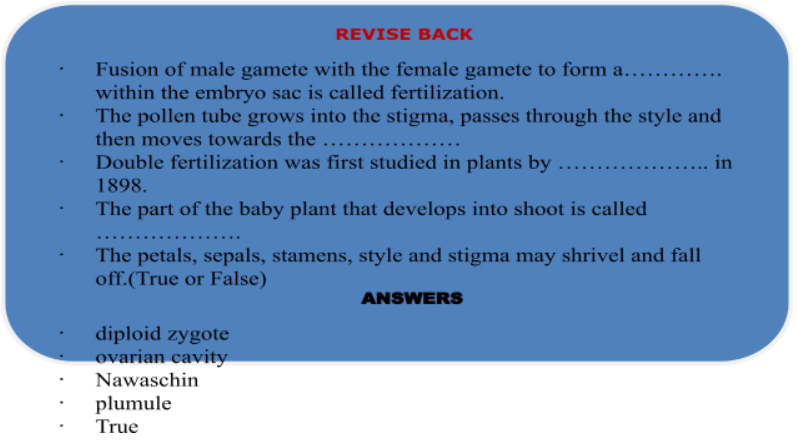

.png----FileNotFound----)


